The Crew works their way further south into the Baja peninsula. They stop into meet Ivan "The Ironman" Stewart before feeling a little under the weather before continuing on the adventure. The Southern point of Baja provides a cool place for the guys to get a dive in, but Kurt and Clay are about to have a sketchy situation.
jeudi 30 juillet 2015
HOT ROD SHOW CHIMAY
Luigi Colani’s Ferrari Testa d’Oro was 1990s land-speed lunacy
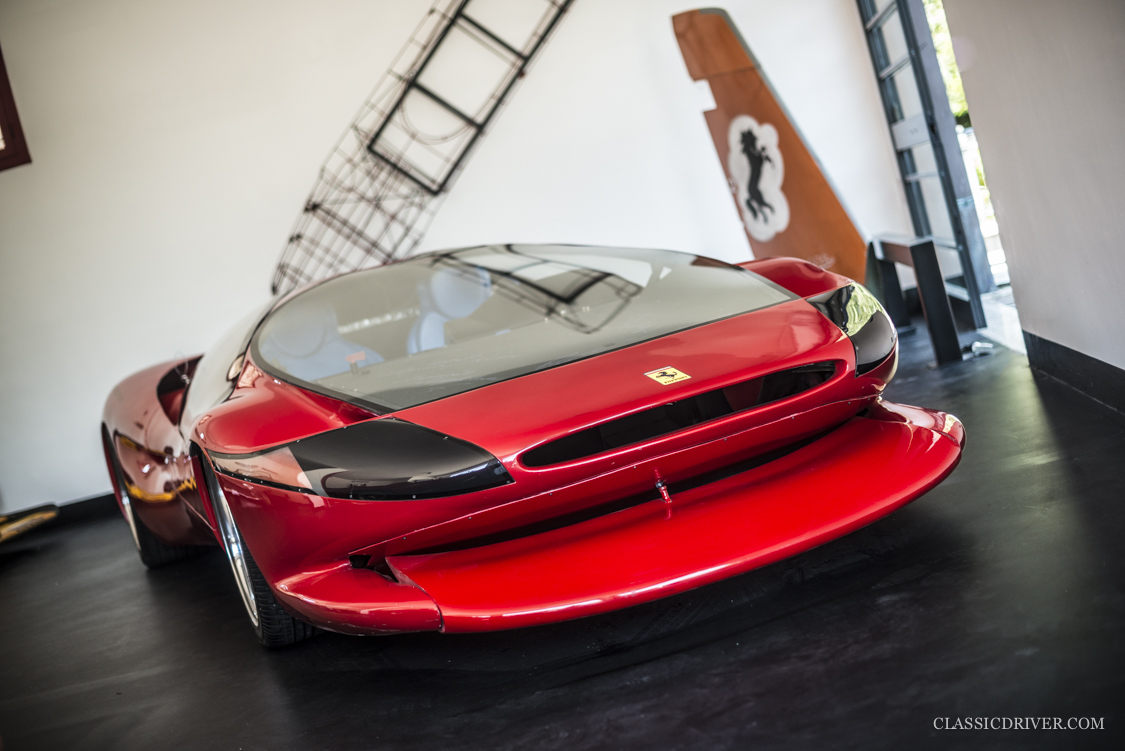
There are eye-catching cars, and then there’s… well, this. Based on a Testarossa, but boasting 700bhp-plus and aerodynamic bodywork by Luigi Colani (the original ‘nutty professor’), the one-off Testa d’Oro has to be seen to be believed...
It's driveable, but...
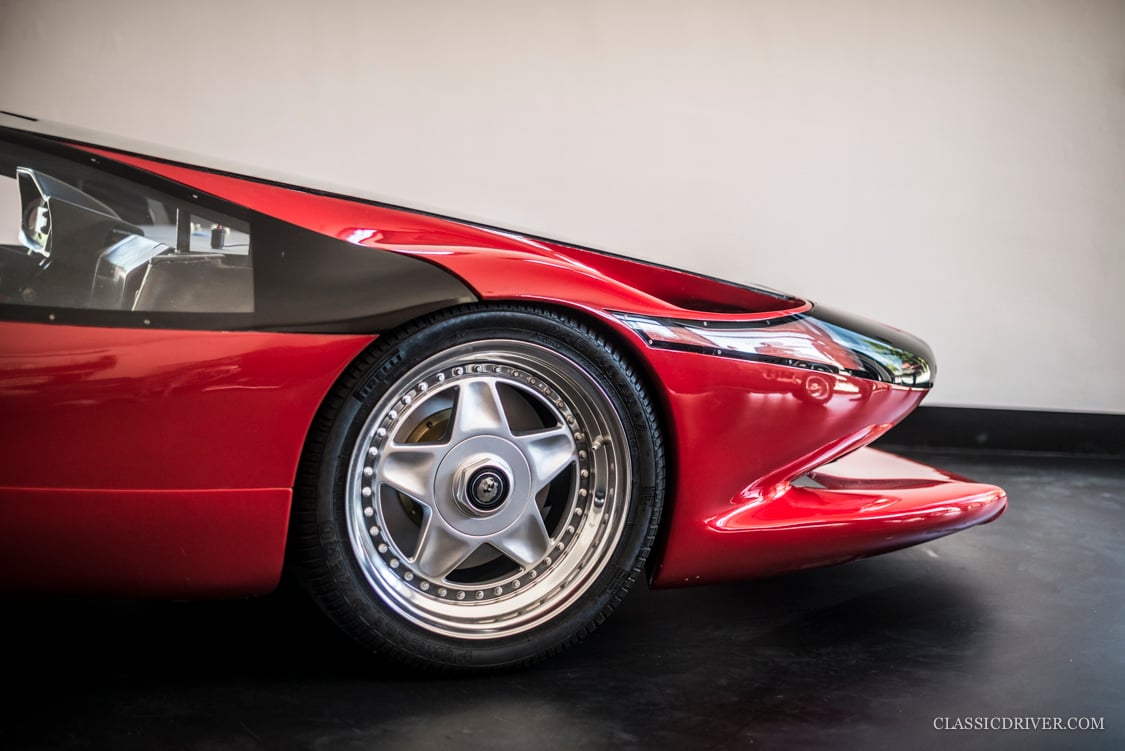
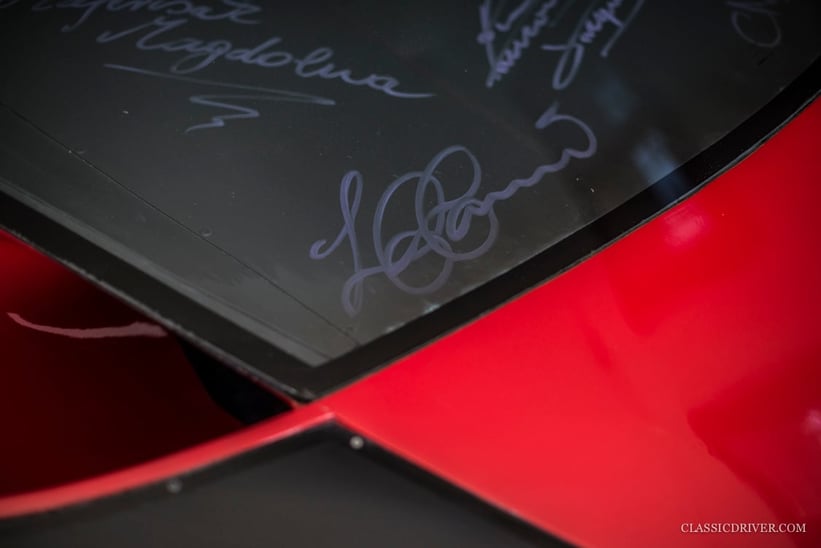
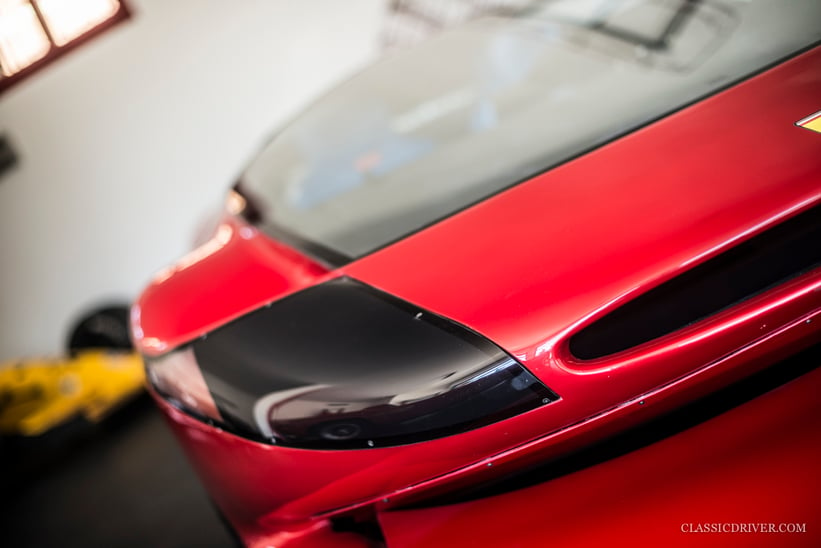
It’s hard to know how to begin describing this car. Words fail us. So let’s start by saying that it’s not just an art installation – it’s driveable – but not always easily. For a start, the front spoiler is so long and low that taking it anywhere on the roads requires careful planning. Hence, when Classic Driver’s Rémi Dargegen went to Maranello to photograph it, he made do with static pictures.
Built for speed
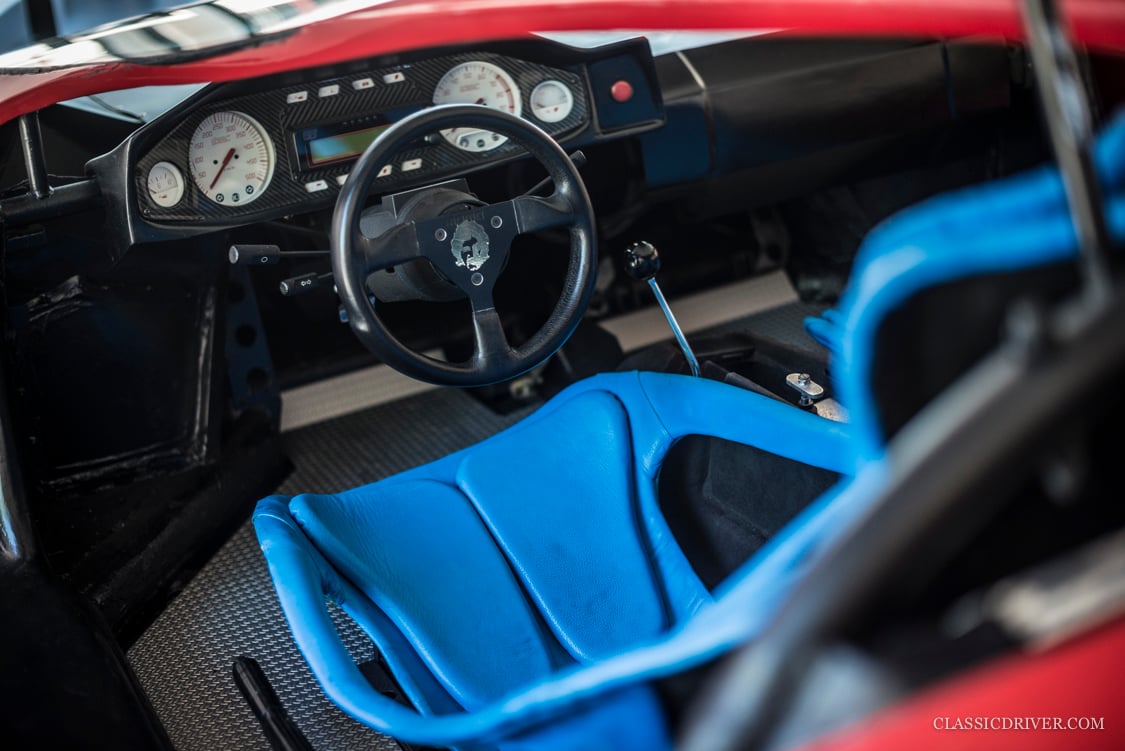
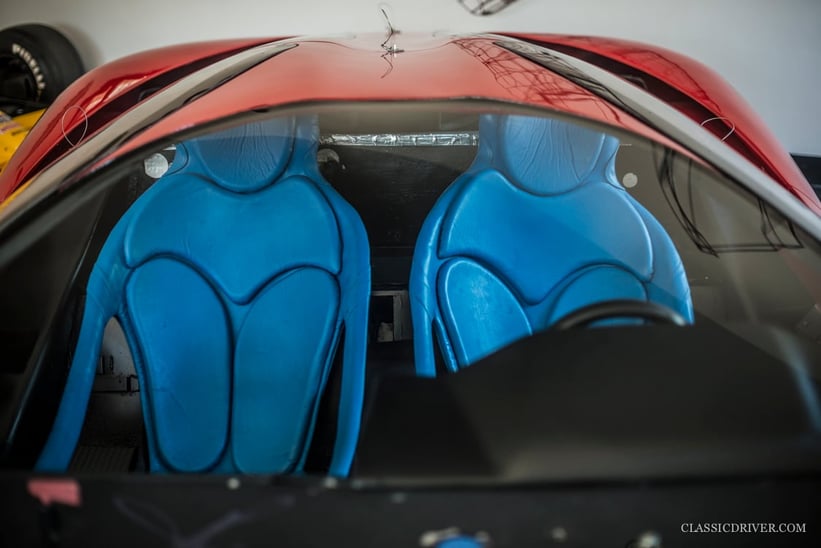
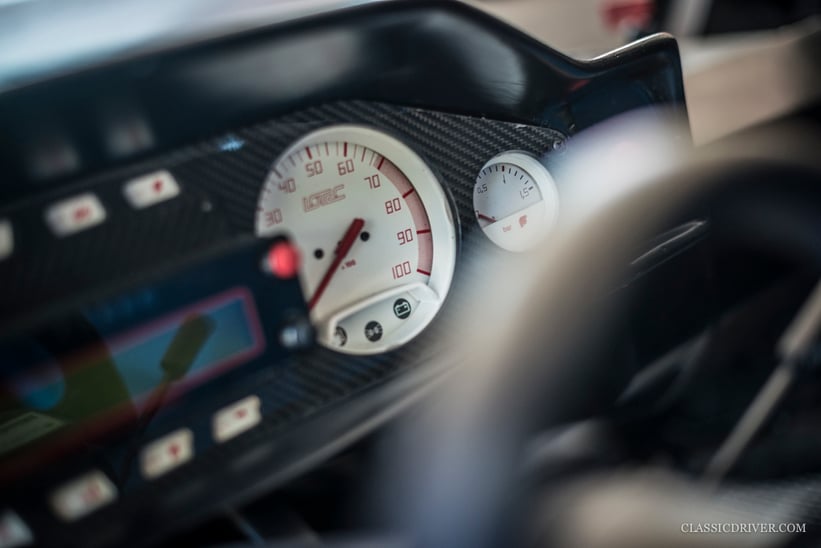
The Testa d’Oro (named for its gold cam covers) was built to set speed records at the Bonneville Salt Flats by German designer Luigi Colani. Its organic, aerodynamic shape is typical of Colani’s radical designs, as is the not-entirely-practical front splitter, while German tuning house Lotec was responsible for the (recently fully rebuilt) twin-turbo engine.
Class winner
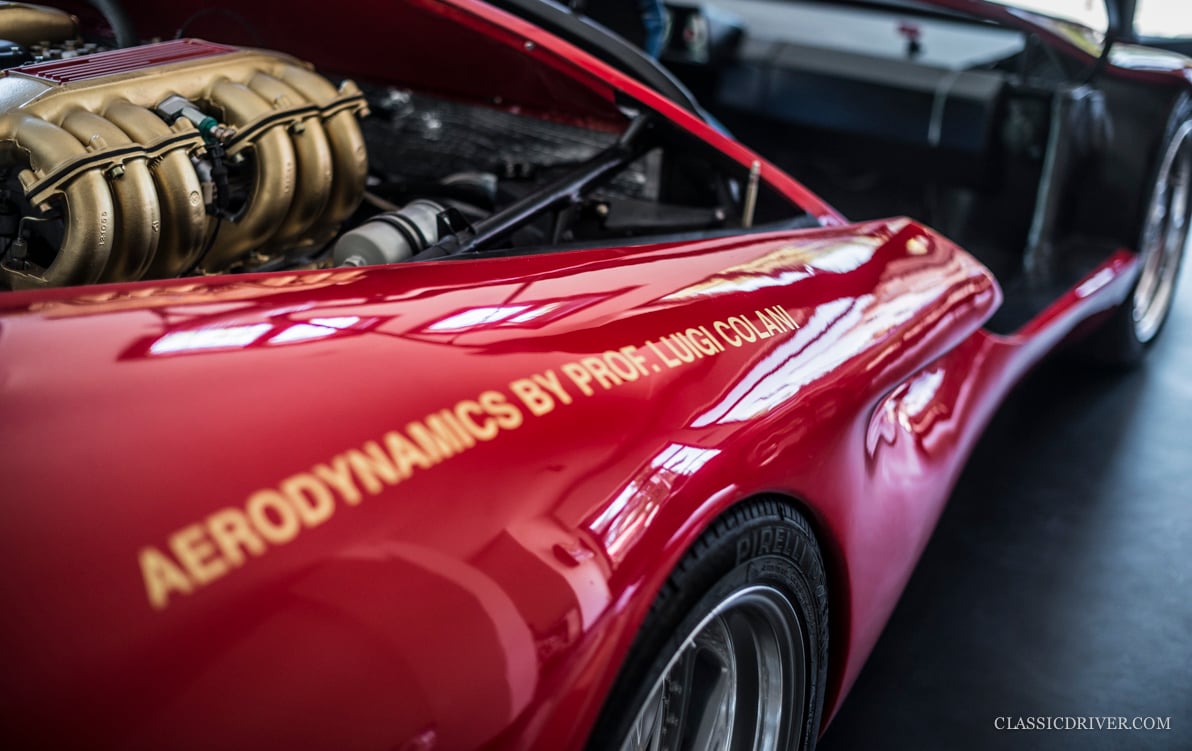
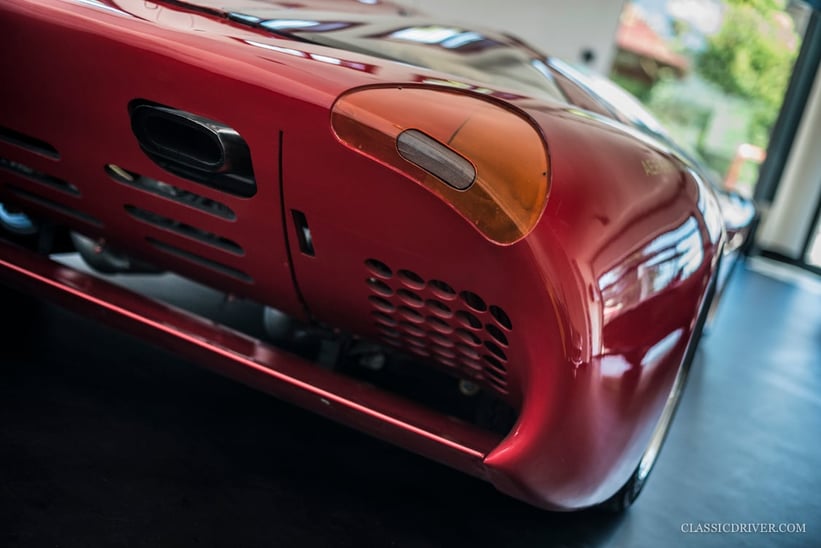
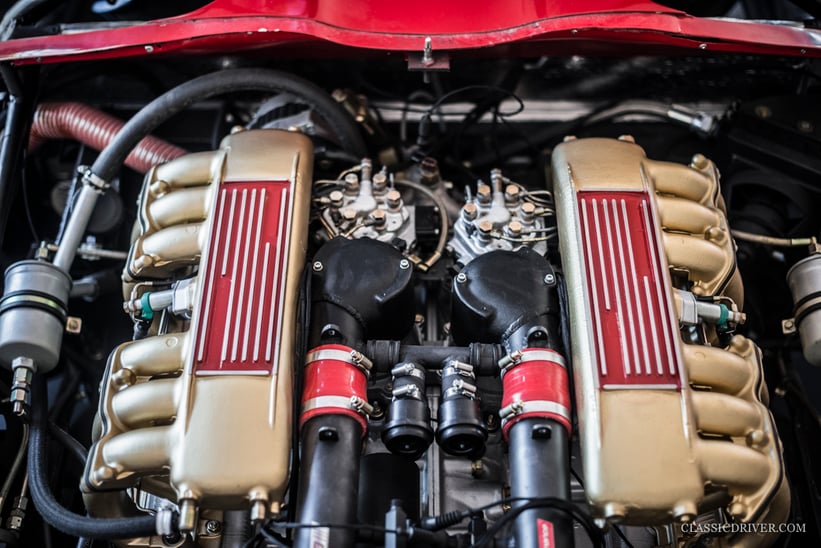
First put together in 1989 (but with at least two subsequent body changes), it never did fulfil Colani’s dreams of setting a new World Record for the highest speed attained by a road-legal car, but it did win its class at Bonneville in 1991, with a speed of 218mph.
"Made by a crazy man"

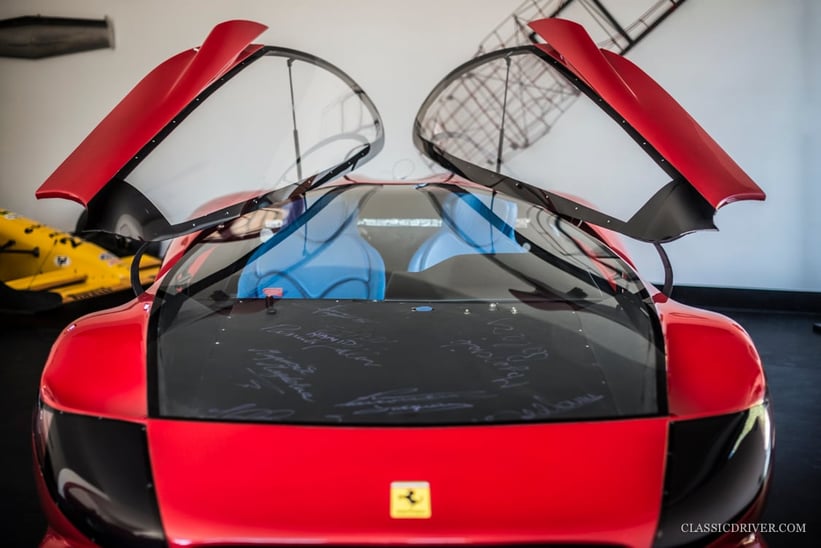
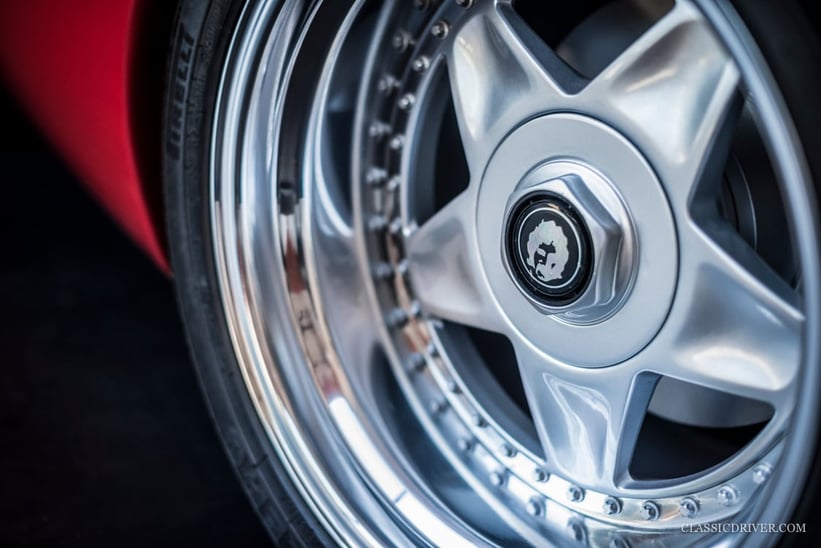
Style-wise, it isn’t everyone’s cup of tea. But to quote Rémi Dargegen who, as a renowned photographer, isn’t easily overwhelmed by a car’s visual impact: “The car has unbelievable presence. It’s a real UFO, a veritable flying saucer – but a real-life one, that you might actually see on the road one day. It’s a concept/show car of the 1990s, made by a crazy man, so the measurements are very approximate, but the shape is unique. And very, very impressive. Every time you look at it, you discover a new detail, an angle, a curve. Colani’s creations are out of this world.”
The Ferrari Testa d’Oro was recently sold via Maranello Purosangue.
Photos: Rémi Dargegen for Classic Driver © 2015
You can find many more Ferraris for sale in the Classic Driver Market.
CONCEPT RACER, MEXICO CITY
Mexico is one of the world’s great motorcycling destinations. It’s the all-time favorite trip of veteran moto journalist Peter Egan, who heads to Copper Canyon in northern Mexico. And then there’s the famed El Diablo Run, from San Felipe to Ensenada in Baja California.
Despite reports of the glorious landscape and sunny climate, we’d never heard much about the custom scene in Estados Unidos Mexicanos. Until Miguel Lerdo of Concept Racer got in touch.
Miguel is a lawyer with a Masters Degree in business, but his true passions are speed and adventure. Motorcycles satisfy his need for speed, and a stint as a Himalayan mountain guide provided plenty enough adventure.
Today Miguel focuses on the Concept Racer store in Tecamachalco, which he runs with ex-enduro racer Sydney Lewis. Tecamachalco is a bustling suburb in Mexico City—the oldest capital city in the entire Americas and one of the world’s powerhouse economic hubs.
Miguel, when did you start Concept Racer? We opened in 2014. I’m in charge of the design and creative aspects, and Sydney is the general manager and also a very skilled mechanic.
What do you sell in the store? We sell the same brands you’d find in high profile US and European outlets, such as Icon, Pagnol, Alpinestars, Ride 100% and REV’IT! We’re focused on quality—with the products as well as the motorcycles. Our audience is 98% male, city-based and educated.
What type of motorcycles do you build? We have especially close links with Yamaha and BMW. The Yamaha XV950 is popular with customers, along with the BMW R nineT. Our bikes have been showcased on manufacturer stands at both of Mexico’s big moto shows.
Do you have plans for expansion? “We’re now opening a second store in Santa Fe, one of Mexico City’s business districts,” says Miguel. “The city is so big and crowded that if you want to drive from one side to the other it could take you at least two hours—and we want to make things easy for our customers.”
What is the appeal of Concept Racer? It’s a fun store—where people can drink coffee with us and talk about their bikes. It’s a hangout place. Our next shop will have air hockey and foosball since we want to continue the hangout spirit.
Sounds like a shop we’d like to visit. What are your opening hours? 9am to 7pm.

What is the appeal of Concept Racer? It’s a fun store—where people can drink coffee with us and talk about their bikes. It’s a hangout place. Our next shop will have air hockey and foosball since we want to continue the hangout spirit.
Sounds like a shop we’d like to visit. What are your opening hours? 9am to 7pm.
Concept Racer, Fuente de Tritones 28, Lomas De Tecamachalco, Mexico City | Facebook| Instagram | Images by Francisco Lisci
via BIKEexif
Libellés :
MEXICO CITY,
SHOP VISIT: CONCEPT RACER
Sir Stirling Moss – “The danger brought out the spirit of the driver”

As one of the most famous and successful racing drivers in history, he needs no introduction. We spoke with Sir Stirling Moss at the Goodwood Festival of Speed...
Technique, not talent
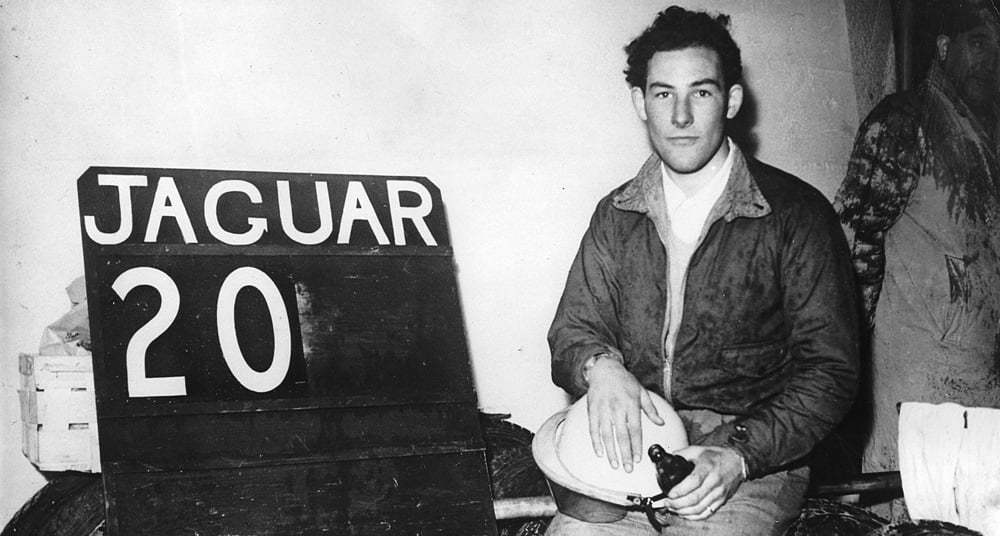
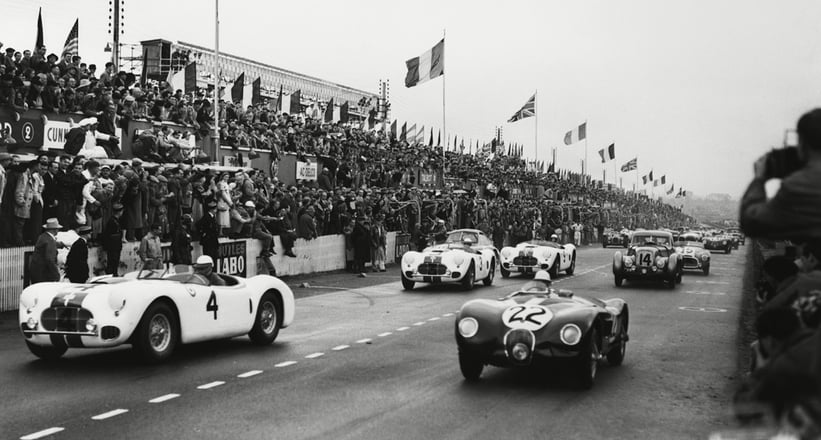
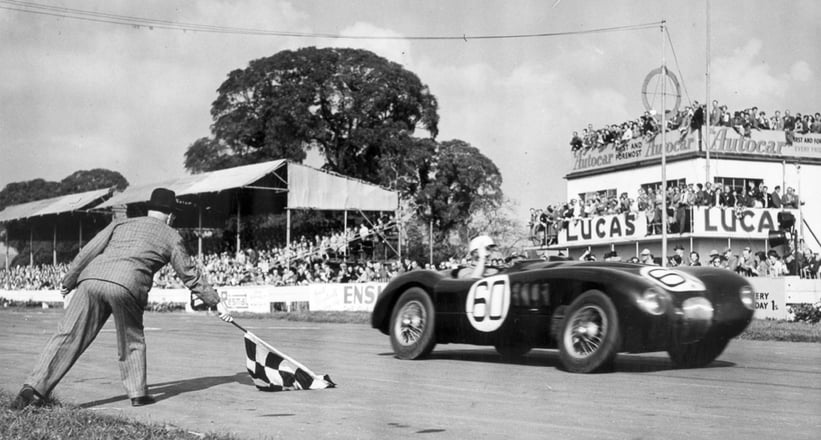
Sir Stirling, how would you describe the skills of a racing driver to someone completely new to the sport?
I would say that a driver is not born with the talent. You must take what you have at the start and then continuously improve on it. In the beginning, you know nothing of the various forms of behaviour of a car and you need to explore the possibilities. For example, understanding that there is a different technique for two-wheel drive or four-wheel drive.
What have been the greatest improvements in the sport? Circuits?
I think circuits are worse today. They give you spin-off areas in case drivers go out of control. But Formula One should be gathering the best drivers in the world, and they should be able to demonstrate their skill by not needing to rely on something like that.
"Formula One racing should be demanding"
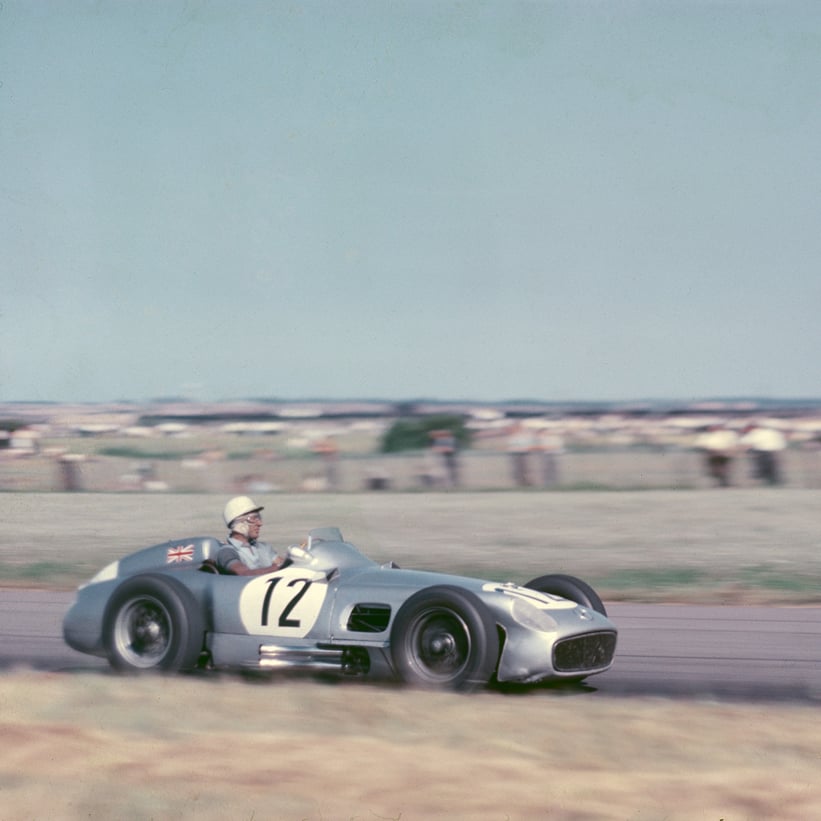
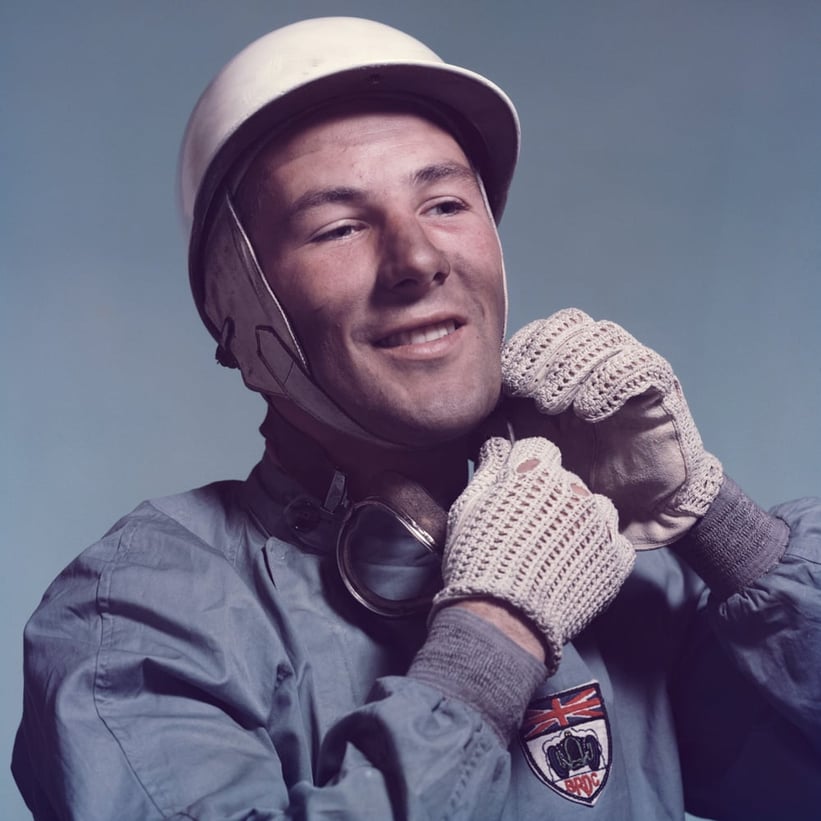
But circuits are safer than before?
Safety is exactly the point. In my opinion there is no safety. Racing is meant to be difficult: it is a dangerous sport that brings out the spirit of the driver. Formula One racing should be demanding. If it isn’t, then how can you tell the difference between a really good driver and the rest? I wonder if all these newly designed circuits offer enough challenge and exhilaration? Today they emasculate circuits by removing trees, but I still feel that what qualifies a top-of-the-line driver is how he responds to each individual and challenging circuit – and for me, the best racing in the world is road racing.
Only 100 kilometres per lap
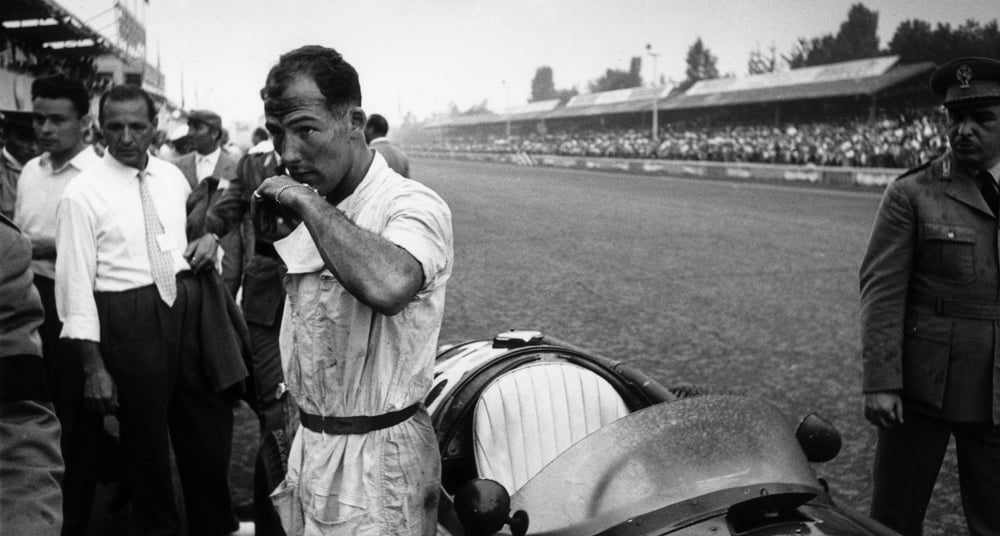
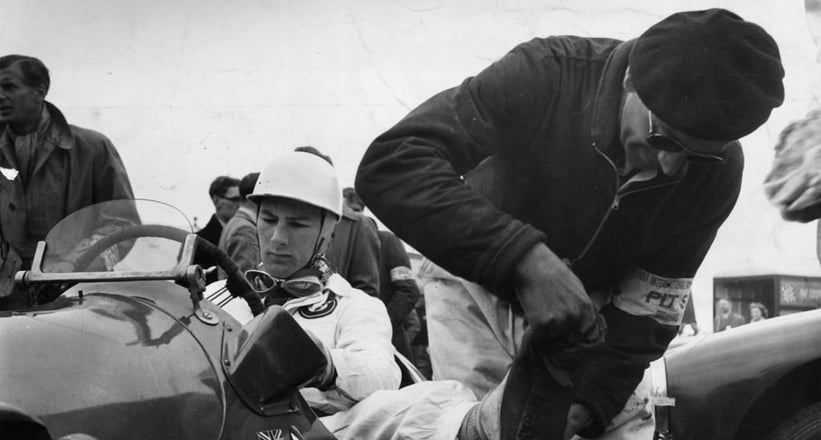
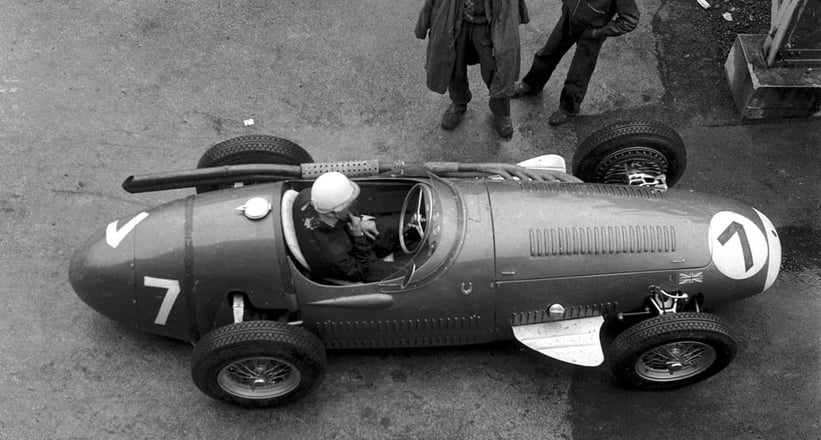
Speaking of road races, you’ve certainly shown your mastery at the Mille Miglia and Targa Florio.
(Chuckles) The Targa Florio was one of my best races. I also happened to win it. What I liked about it was that it was sufficiently short – only about 100 kilometres per lap. You go there as a driver and you learn so much after a week of going round and round. After that you can drive as near to the limit as your capability will allow, because of the understanding you’ve gained of the road and the car’s performance. You see, nowadays it is really difficult to find a circuit that is truly thrilling. Just imagine if someone were to suggest a Grand Prix in Monaco today, if it didn’t already exist – it wouldn’t stand a chance. They would have a fit just thinking of the tunnel. To my thinking, that is wrong.
Making it exciting
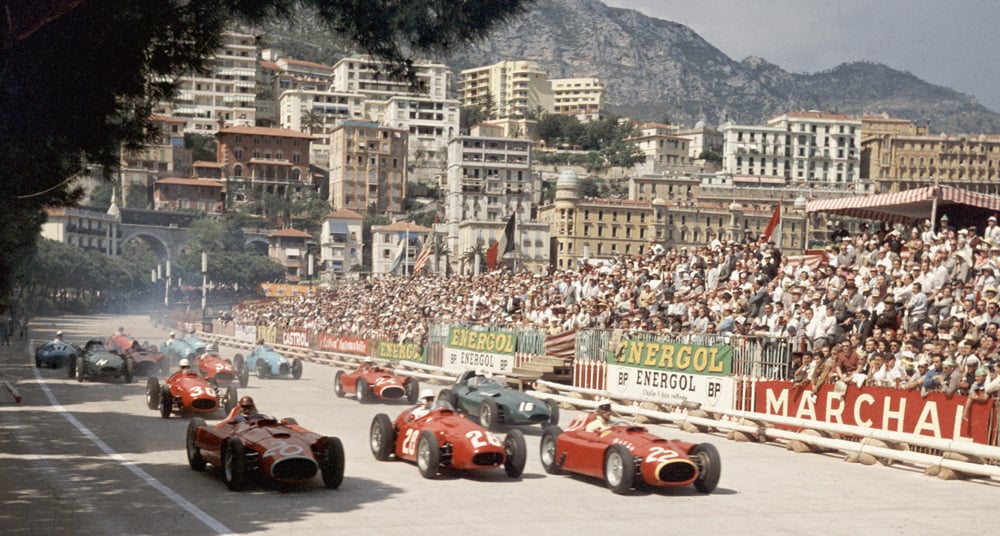
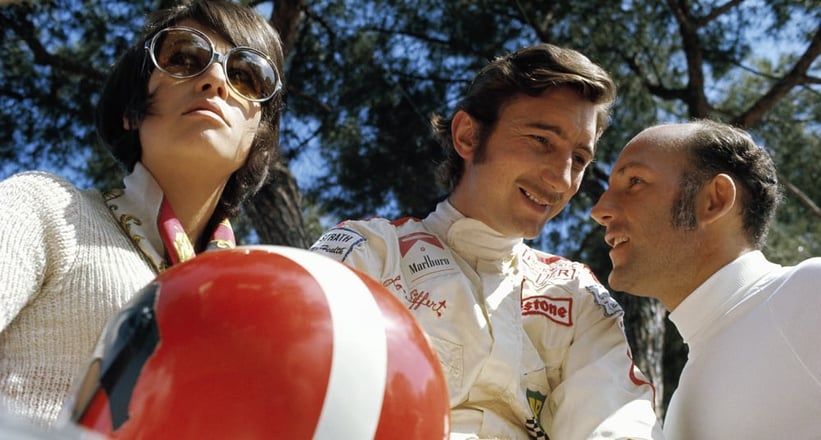
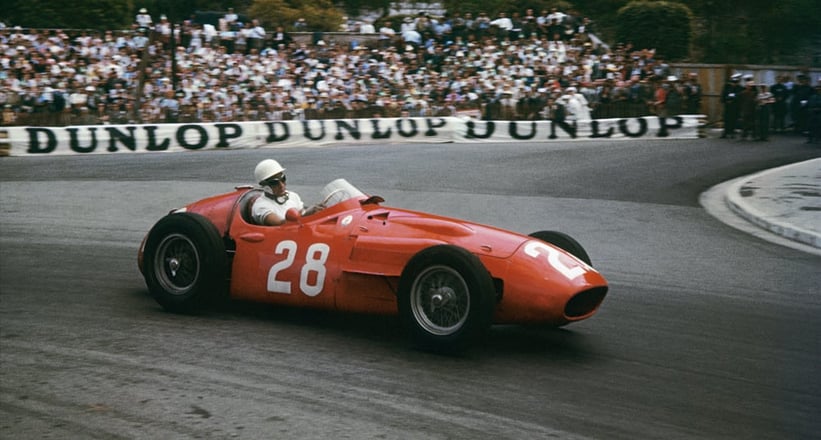
For many former racing drivers, Le Mans holds pride of place in their hearts, because they felt so much closer to the spectators there.
The public are what makes racing possible. As we all know from Le Mans history, safety for them is most important. After all, nobody should be hurt for going to see a race. But again, I must say they could do a lot more to make it exciting.
Taking it easy
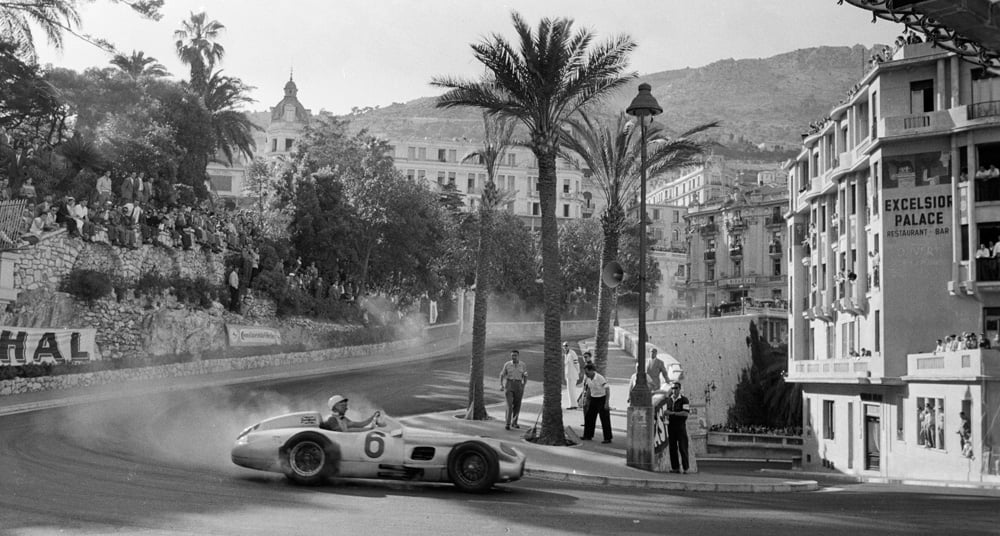
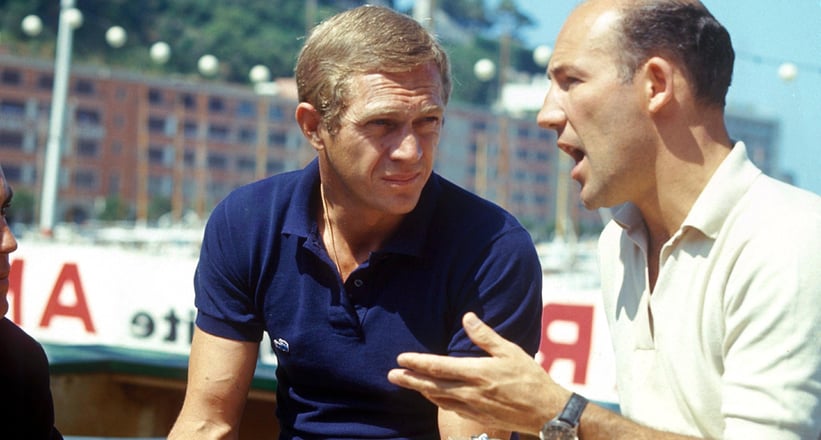
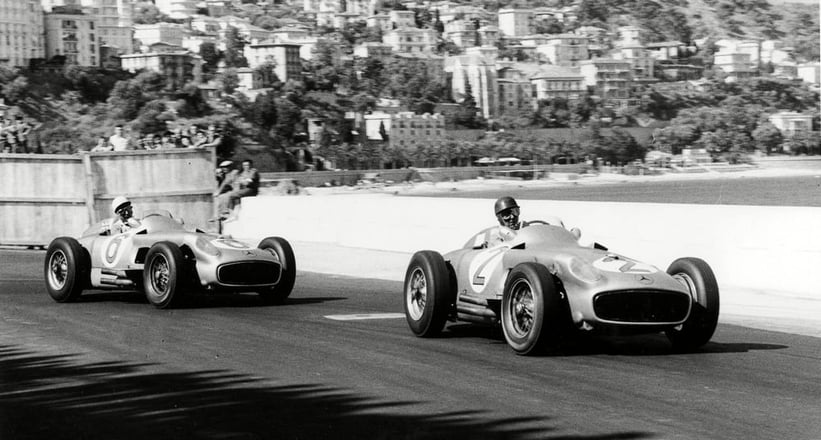
What was it like to see the Mercedes SLR?
Well, I’ve driven it here quite a bit. It is great to get in the car and realise that 60 years ago it was the state of the art, although I don’t see how it could be improved, even today. To me, Le Mans is still the biggest race. Regrettably, in my time I was never allowed to race there, only to go out and just go fast. They said I should take it easy, otherwise the car would break.
What would you tell a young talent hoping to become a professional driver today?
They should start out in karts, which, sadly, didn’t exist when I started. Karts allow you to find your style, learn the strengths of your vehicle and practise technique. If you manage to become a top-class kart pilot, you have the potential to become a world champion.
Parental warnings
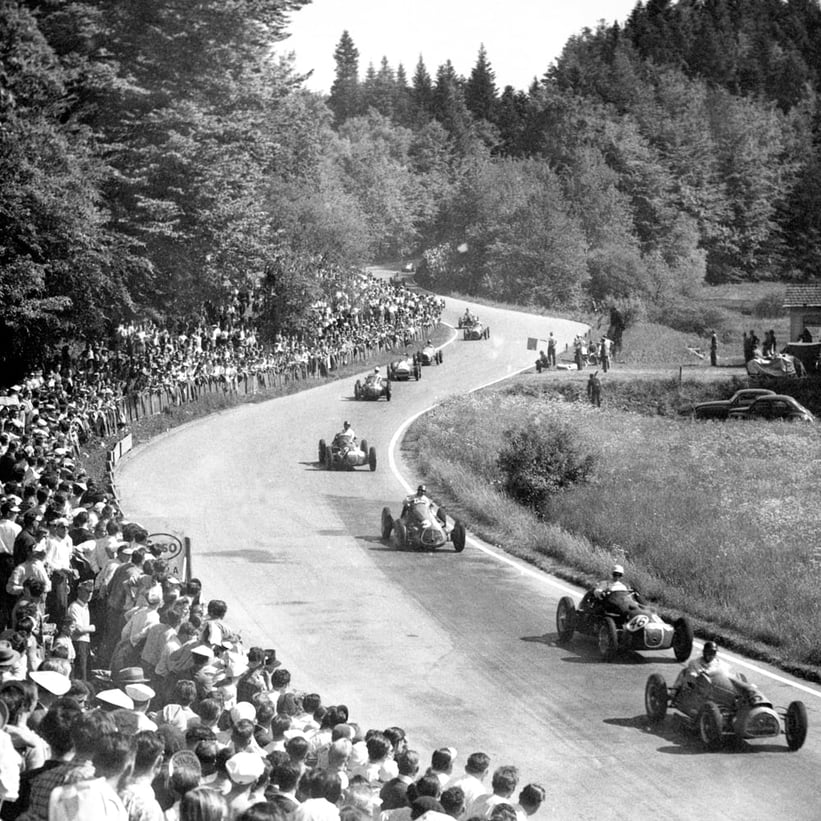
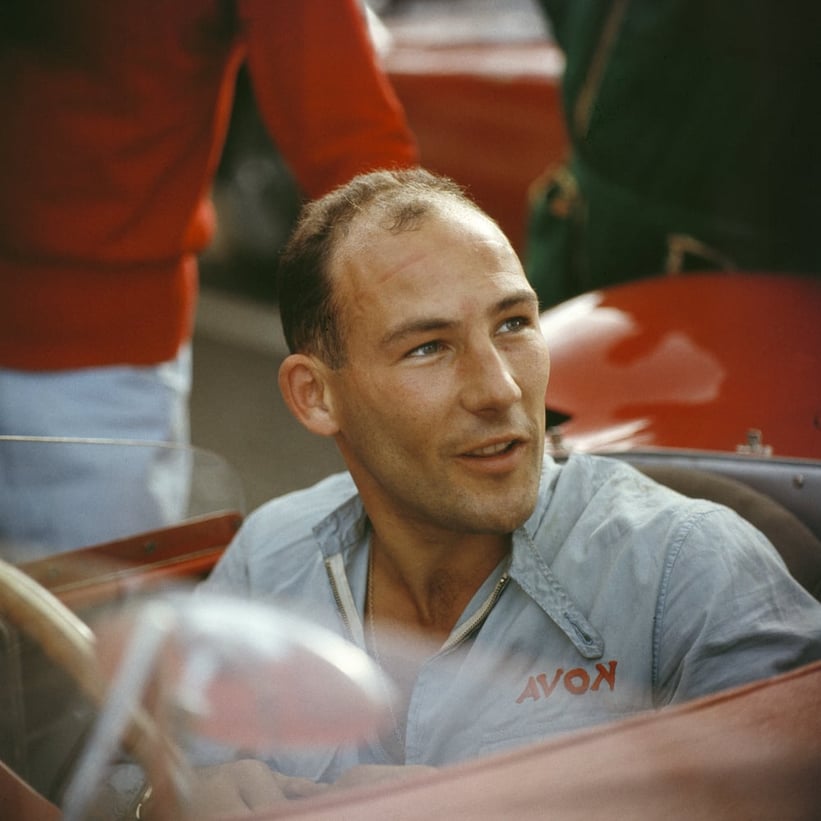
You come from a family steeped in motorsports, with both your father and mother involved in racing. Did that make it an obvious career choice?
When I told my father I wanted to race, he had a fit, saying you will never be able to make a living out of it. I said I could, and he gave me a year to prove it. So I joined HWM and we travelled all over Europe. It was a wonderful training ground, though we were never able to win a race, but it did give me the opportunity to learn how to handle a car.
The series ‘Racing Legends’, in which we bring you a personal view of famous racing drivers, is kindly supported by the Credit Suisse Classic Car Program.
Are you interested in listening to more of Sir Stirling’s stories? He is a regular panelist at theHistoric Racing Forum.
Are you interested in listening to more of Sir Stirling’s stories? He is a regular panelist at theHistoric Racing Forum.
A Mini Like You’ve Never Seen Before
Don’t you just love contrast? Only a moment ago I was describing all the details of the Mini Monsta I ran across at the Art Of Speed show in Malaysia, and now here I am showing you yet another Mini – but one that couldn’t be any more different. Named the ‘Stedrod’, it was one of the most popular creations to grace the show floor at this year’s event.
Seeing the curious choice of car it was all based around, that’s not too surprising either. It was one of a number of projects at Art of Speed that reflect how versatile and creative Malaysian custom car builders are. Screw copying what’s been done before, it’s far more fun to create something new using the parts that you have at your disposal.
The Stedrod was built in such a way, by upcycling random bits and bobs of automotive junk and combining them together with plenty of fabrication and flair.
So how did they do it? Well, at its core the Stedrod is based around a strange marriage between a Nissan 1.5-ton truck and a Mini Clubman body shell.
That provided the frame on which to bolt everything to – including the Nissan VG20 2.0-liter V6 up front. In total hot rod fashion, custom turned-up headers provide maximum visual and aural effect while everything else was left as bare and as basic as possible.
A large truck radiator ensures the little V6 never has any cooling issues – even in the tropical climate of Malaysia. Not that it’s really an issue, because according to local rules and regulations there is no way in hell that a vehicle like this could be legally used on the road. While that’s a pity, it doesn’t stop local enthusiasts from embarking on these sort of projects, even if they can only be shown at events like Art of Speed.
Massive oversized truck wheels and tyres are what give the Stedrod the right sort of attitude.
The custom work doesn’t end there either, and inside the roof-chopped cabin a lot of salvaged scrap metal has been used in the fabrication of the dashboard and transmission tunnel. In fact, the fabricator decided to have a bit of fun and welded up a pair of spanners and a bunch of nuts to create what has to be one of the most uncomfortable steering wheels ever made. But it does look cool!
I found plenty of Speedhunters love around the cabin – even under the original Mini instrument binnacle in the center of the dash.
I’ve seen some pretty uncomfortable seating arrangements in hot rods, but these super-light bucket seats out of a pair of competition karts look like a superb place for your rear end! You can even spot the piston at the end of the shift lever in this photo – quite possibly the largest gear knob in the world.
Some people have bobble heads or Hawaiian dancing girls on top of their dashboards, but this little dog sculpture is far more fitting for this particular car.
The rough nature of the salvaged Mini has been kept intact, and the rear end behind the seats has provided space for the fuel tank which is an old oil barrel tied down with a couple of chains.
I’d say this gets top marks for originality!
Dino Dalle Carbonare
Inscription à :
Articles (Atom)

